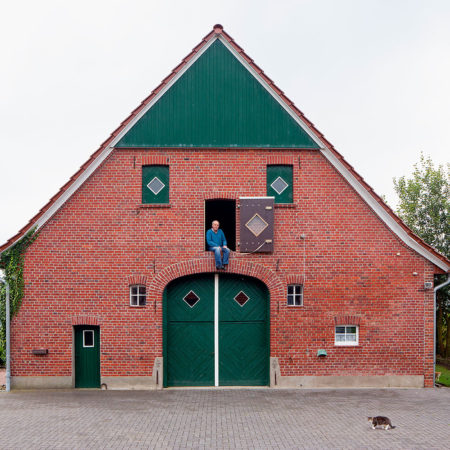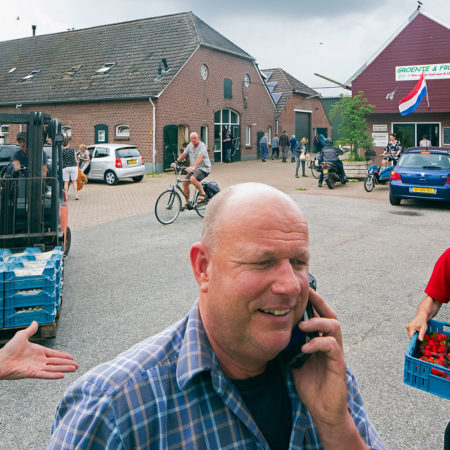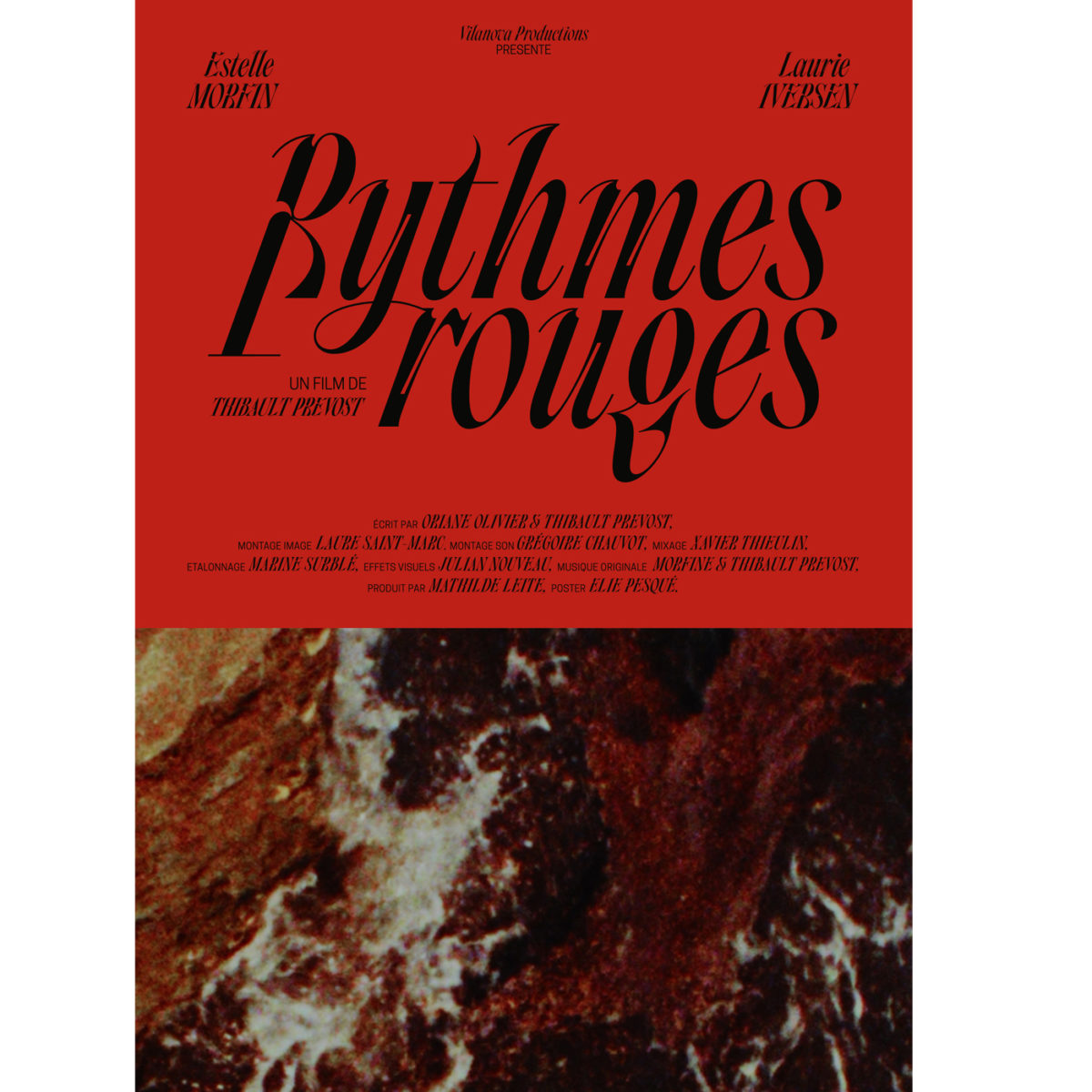
Everything moving around Ambre character could be seen as a reflection of her inner unrest.
Thibault Prevost / Rythmes Rouges
MOTION . June 26th, 2025Who are you?
I am Thibault Prevost, a writer-director and musician.
I grew up in Normandy, then moved to Paris to pursue film studies, and why not make it my profession. I would say that I have an artisanal and somewhat rough, irregular approach to what I create: I enjoy breaks, hybridizations, and mixing formats and genres. This applies to both my films and my music.
Introduce Rythmes Rouges (Red Rhythms)
Rythmes rouges is my latest short film, very loosely adapted from the eponymous collection of poems by Argentine author Jorge Luis Borges (Los Himnos Rojos). Produced by Vilanova Productions, it tells the story of a female character, Ambre, who is alone on vacation in Corsica and confronted by the memories of messages from Sarah, with whom the trip was originally planned. It’s a film about absence and the relationship between the body and the landscape.
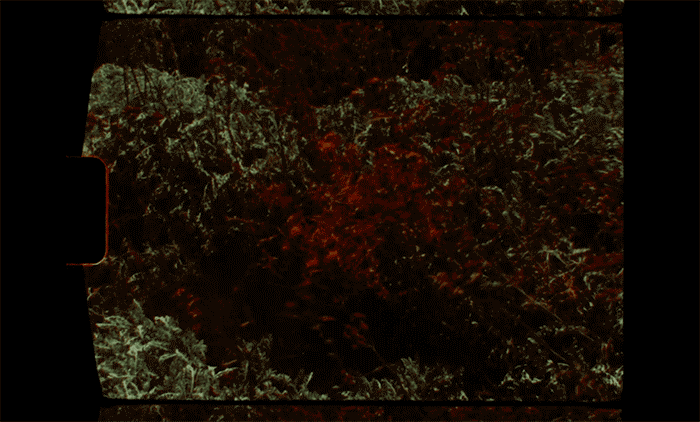
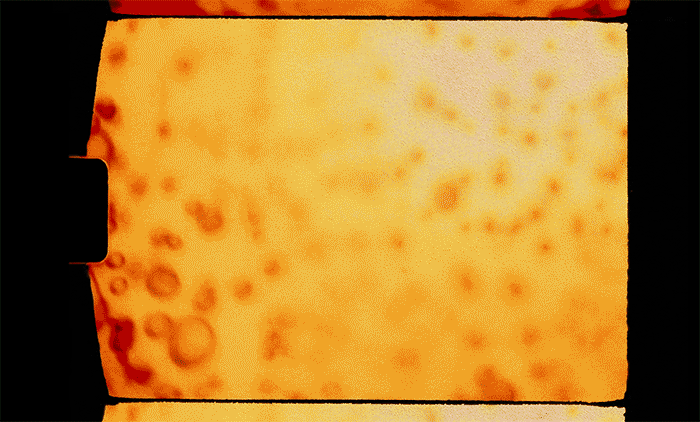
How did you organize the shooting on location? Was it based on a specific script?
It’s not always like this in my work, but this time I only had a general outline, a skeleton of the film’s narrative. I wanted to question the theme of a romantic breakup in our modern era, set during a trip, while on vacation. But I didn’t really have a script before we set off. The structure developed after the shoot, while reviewing the footage we had captured. On location, there was a very free approach; I matched certain shooting moments with the hikes we took with the actress.
How did you find the spots?
I really enjoy discovering the surroundings and the settings at the same time as the character when I’m directing and also acting as the camera operator (as I did here). It allows for true spontaneity, a sense of wonder, and it often leads to many surprises. There was almost no scouting; I filmed as I went along during my hikes, walks, swims, etc., inviting Estelle Morfin, the actress in the film, to experience this simultaneous discovery of the landscape. I had identified some trail segments and interesting viewpoints online, but that was it.
How long was the production?
It’s hard to estimate, but I would say around six months in total maybe: Three weeks of preparation/pre-production: preliminary discussions with Mathilde Leite (my producer), rehearsals with Estelle, camera tests, etc. One week of filming on location. One week to compose the music. Finally, post-production spread over four months
Are the interstices analog? (film edges, burn)
Yes, absolutely! It’s the widest possible scan of my Super 8 films, so you can indeed see the edges. The idea was to design them as timeless dividers to chapter the film.
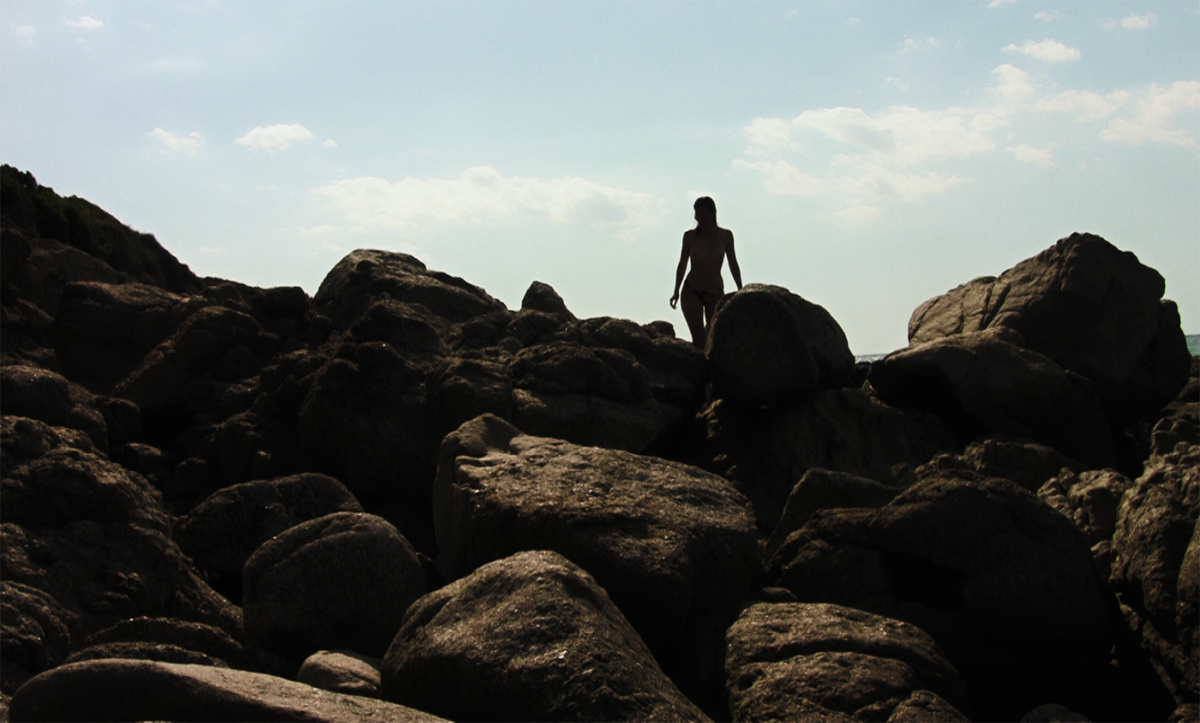
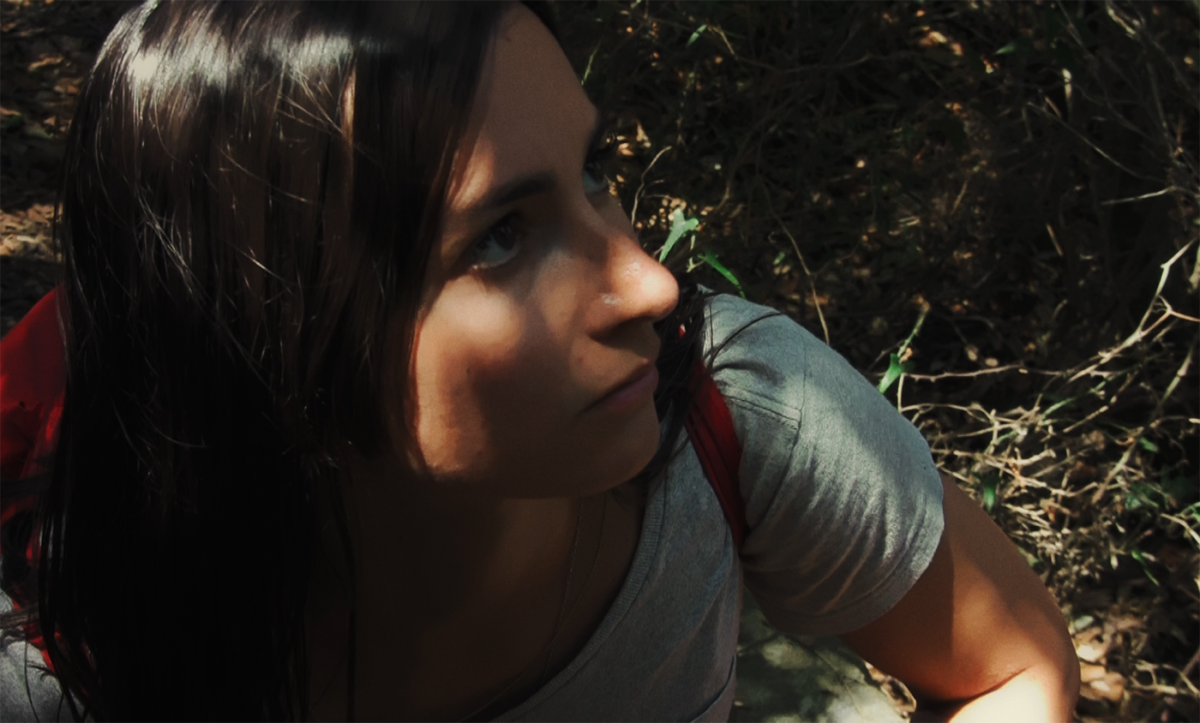

What about the soundtrack? Was is created specifically for the images?
The music plays an absolutely central role. Except for the track playing on the radio at the beginning, the rest is all original music created for the film. I wanted there to be music throughout, more or less perceptible, more or less prominent. We composed and arranged it specifically for the film with Estelle Morfin, who is also a musician (under her alias Morfine). We spent a week in the studio with a sound engineer and recorded the pieces before editing the film. Actually, I already knew at that point that Rythmes rouges would be divided into four movements, loosely corresponding to the elements: air, water, earth, and fire. Estelle and I came up with the idea of composing four pieces accordingly, each evoking these elements. During editing, we then cut these musical tracks to fit the images and mixed them with the rest of the soundtrack. It’s almost like tailoring!
How did you direct Estelle in the scenes?
The initial direction was to choose Estelle, who is not an actress, and therefore does not ‘perform.’ This was interesting to achieve an extremely natural and neutral aspect. Ambre, the character she plays, sees the messages of her past relationship with Sarah resurfacing. I wanted her not to react physically to these memories, to absorb them or rather have them bounce off her. I aimed for something quite neutral, ‘stoned-face.’ In real life, I feel that during periods of breakup, mourning, etc., we often try not to let our emotions show.
Interpretation / Is there a clear truth to make out of it, or do you leave it up to the viewer?
I know it’s not always straightforward or easy to access, but I like not to lead the viewer too much by the hand in my films. I let them engage with the story through what they choose to observe, with their own points of focus. Rythmes rouges is primarily a sensory and organic film, so I can’t speak of a ‘clear truth’ in that regard. What I enjoy is when the film is first experienced as a physical sensation, with meaning emerging afterward. So yes, the viewer has the choice, and that’s really the point.
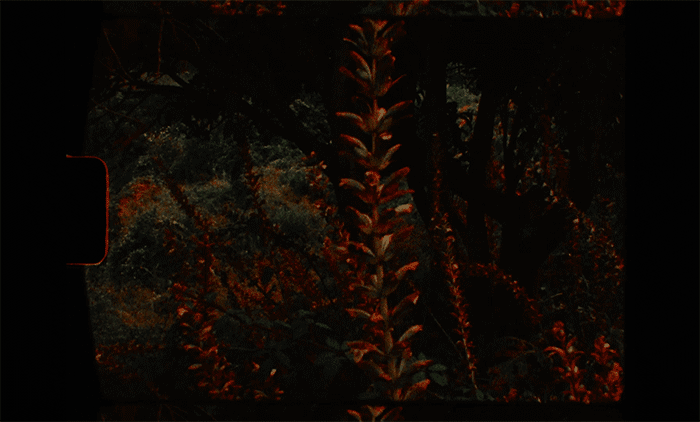
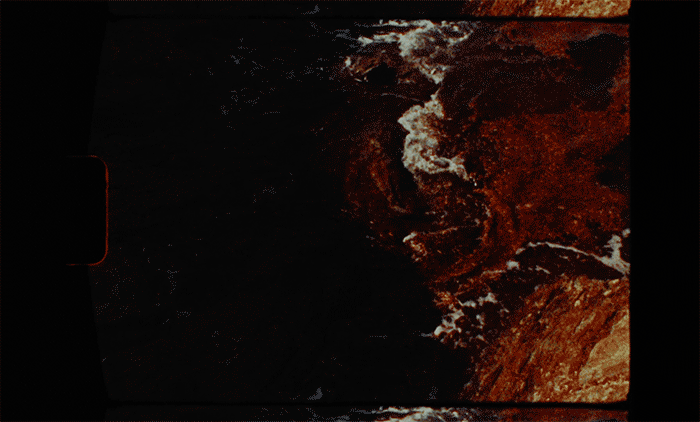
Are the camera movements or objects (such as the swaying plants) related to what she feels inside, her anxieties?
Yes, you’re right. I didn’t immediately see it that way, but we gradually realized with Laure Saint Marc, the film’s editor, that everything moving around Ambre’s character could be seen as a reflection of her inner unrest. The sometimes unsettling music, the agitation of nature (waves, wind…) are, of course, echoes of her inside world. The zooms and the avoidance of static shots are also ways to express this inability to settle. In the end, everything is in motion, both internally and externally.
Can you talk about this somewhat disordered editing? (Is it an image of the fragmented mental state one might experience in such situations?)
Haha, it’s starting to become my trademark. Yes, essentially, I think that’s what it is—it’s a reflection of the character’s inner chaos. I also enjoy these fractured edits, especially when the images are not ‘clinical’ but rather very imperfect. As it is in my film, it feels like we get closer to human thought—a thought that is messy, random, and not always very organized. Aesthetically and rhythmically, I also like this chaotic editing; it allows for alternating between powerful, emotional moments and perfectly ordinary, mundane situations. I try to make these elements constantly intersect, just as I combine fictional storytelling with images that are more documentary-like.
Tell us a bit more about the device: written messages and voice notes that punctuate the film?
Yes, that was a deliberate choice from the start. Instead of showing the memories themselves, I wanted to present memories of received messages (texts and voice notes). I aimed for these elements to ‘contaminate’ the film’s dialogue-free narrative. The text appears without any framing, emerging at any moment. The voice also suddenly appears in the soundtrack, without warning. Like spontaneous thoughts. I liked the idea that all this text and these voice notes would be the only ‘speaking’ and narrative elements in the film.
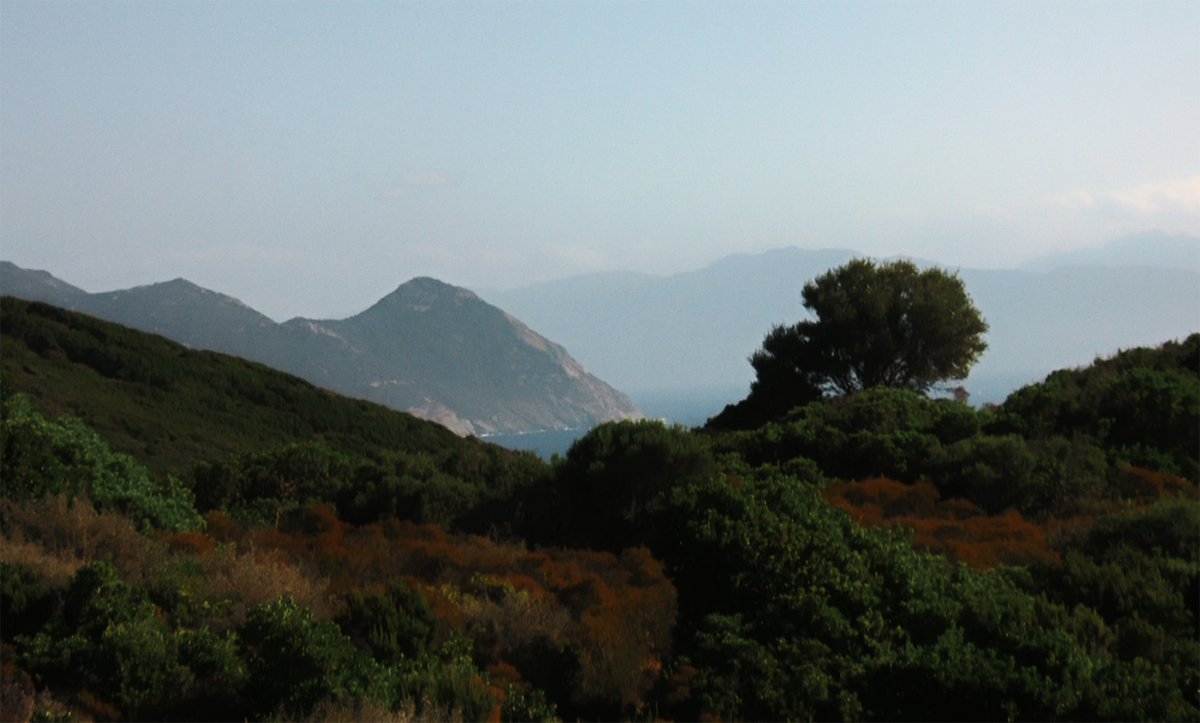
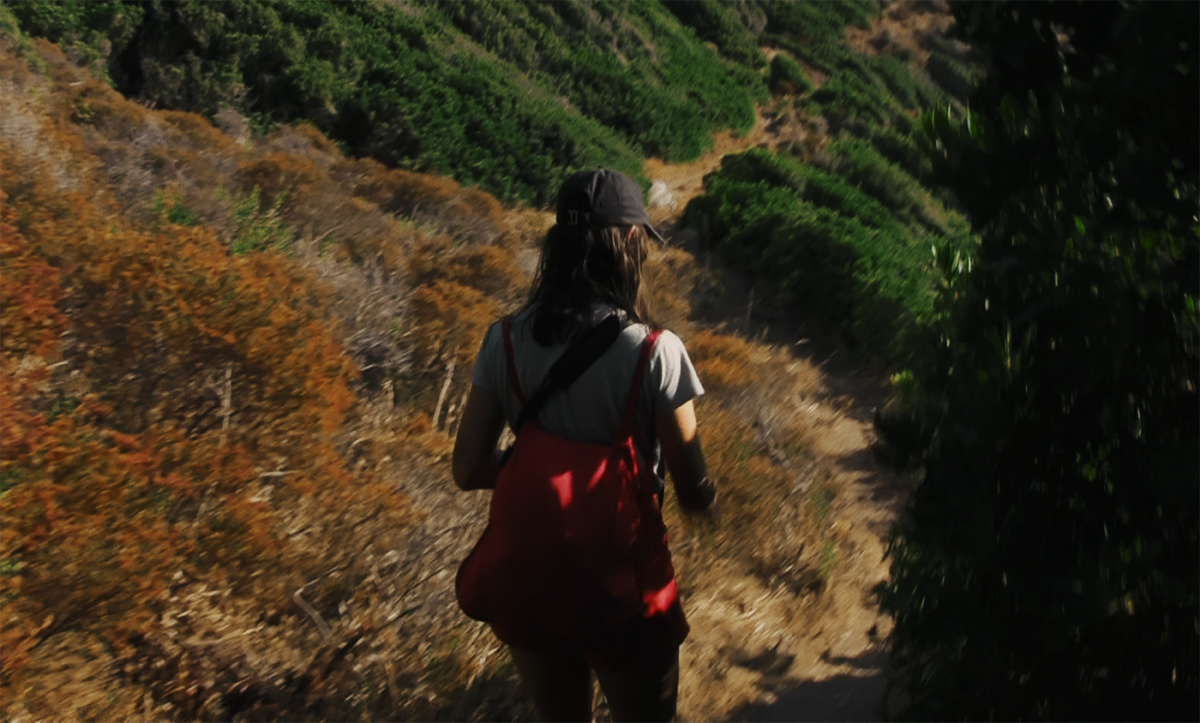
Is there an autobiographical aspect to it?
For me, I’ve always been struck by how trips taken as a couple involve as much dreaming, fantasy, projection, and preconceived ideas rather than the actual and concrete reality. Preparing for a trip is also about convincing ourselves that everything will go according to the idea we have before we leave. Sometimes we are disappointed with the outcome, and sometimes it turns out even better than we hoped. But it’s always a comparison, I believe. That’s the autobiographical part for me.
Can you name a few directors and musicians who inspired you for this film?
I have several references that I always keep in mind. For Rythmes rouges, I drew a lot from Alain Guiraudie’s cinema, especially his relationship with the surrounding landscape and his cinematic atmosphere that changes with each season. He also has a very poetic ‘documentary’ approach in his fiction that inspires me greatly, as does Virgil Vernier, who turns a territory into an extremely powerful poem. For this film in particular, I also drew a lot from experimental cinema, especially the works of Robert Beavers and Maya Deren. Additionally, I claim a rather ‘pop’ ambiance, so films of wandering where music plays a significant role, like those of Jim Jarmusch, have always had a huge impact on me.
As for the film’s music, Morfine and I had a common reference in Felicia Atkinson’s work, blending spoken words and ambient textures, at the edge of sound design. We also frequently referenced Boards of Canada for their melancholic synth tones.
What are your upcoming plans?
I’m working on writing my feature film project. It’s both very exciting and quite daunting. It’s definitely a challenging journey. I’m also working on pieces for a more intimate solo music project, where video will play a very important role!
What will you do right after answering this last question?
I’m going to pack my suitcase—I’m heading back to Normandy for a few days!
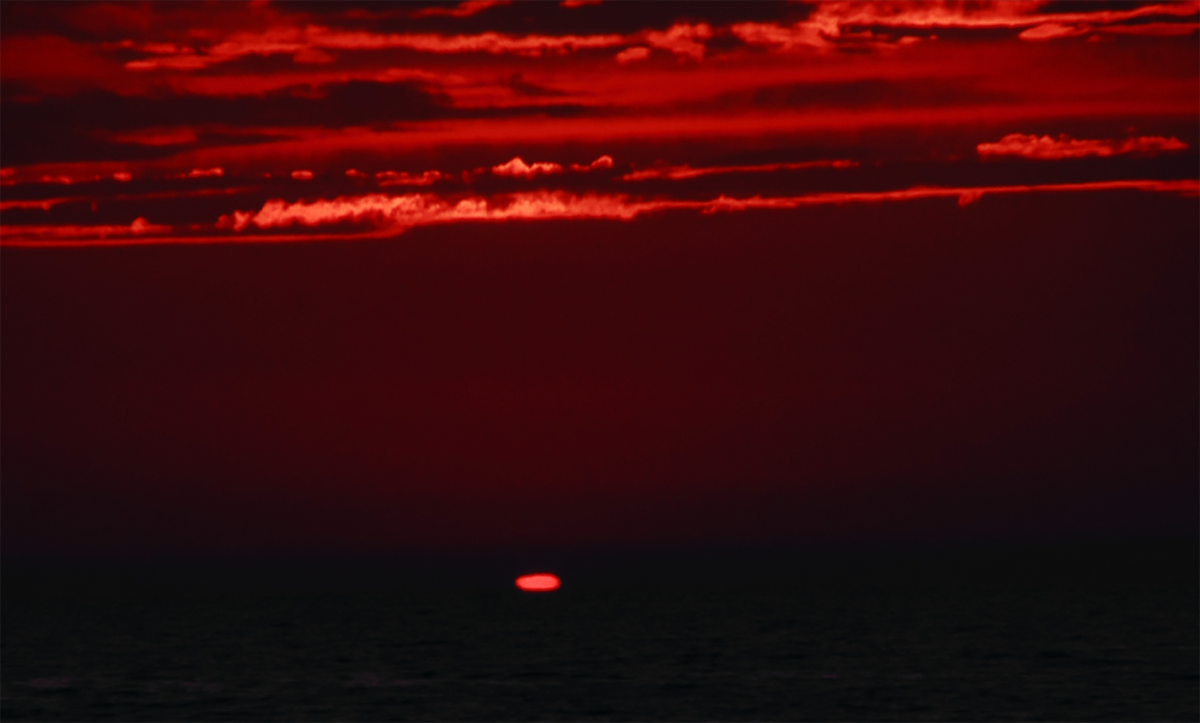
Thibault Prevost is a french writer-director and musician.
You can follow his works on his instagram .
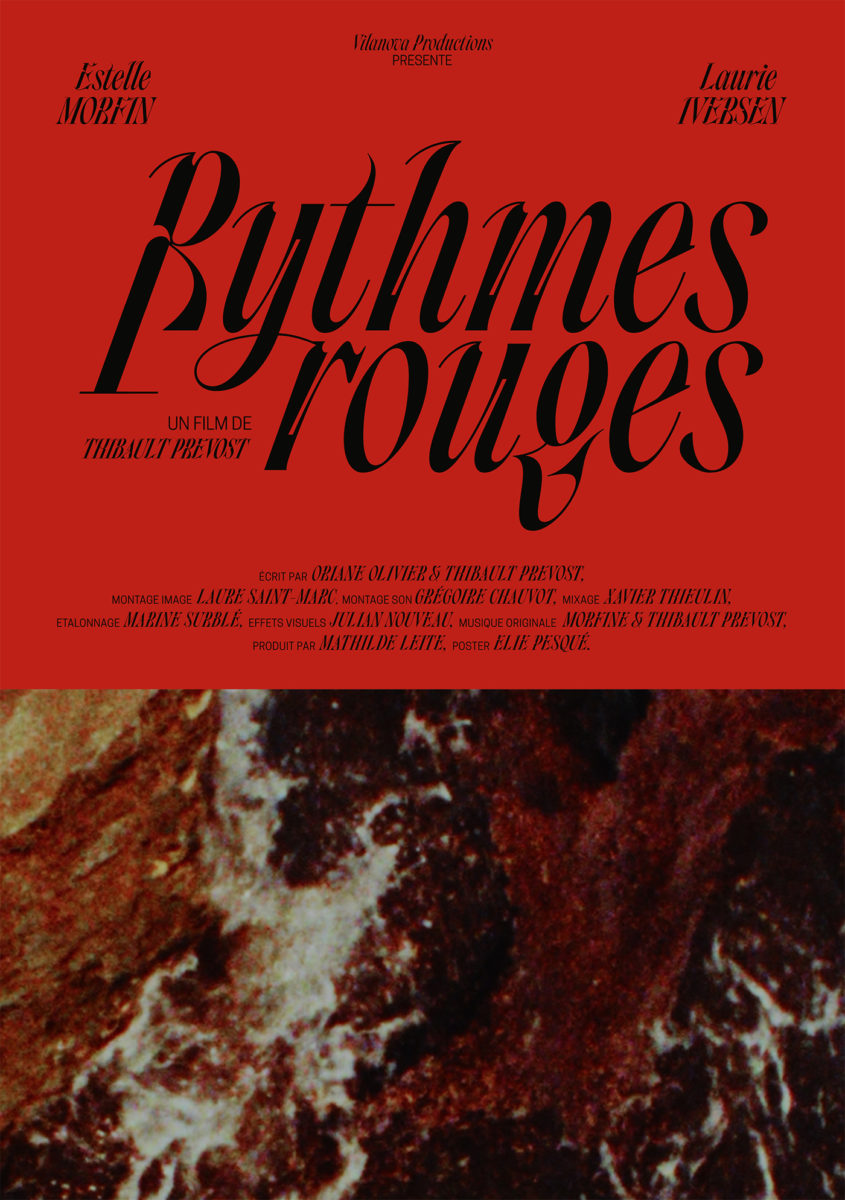
Poster by Ricky Mocky
